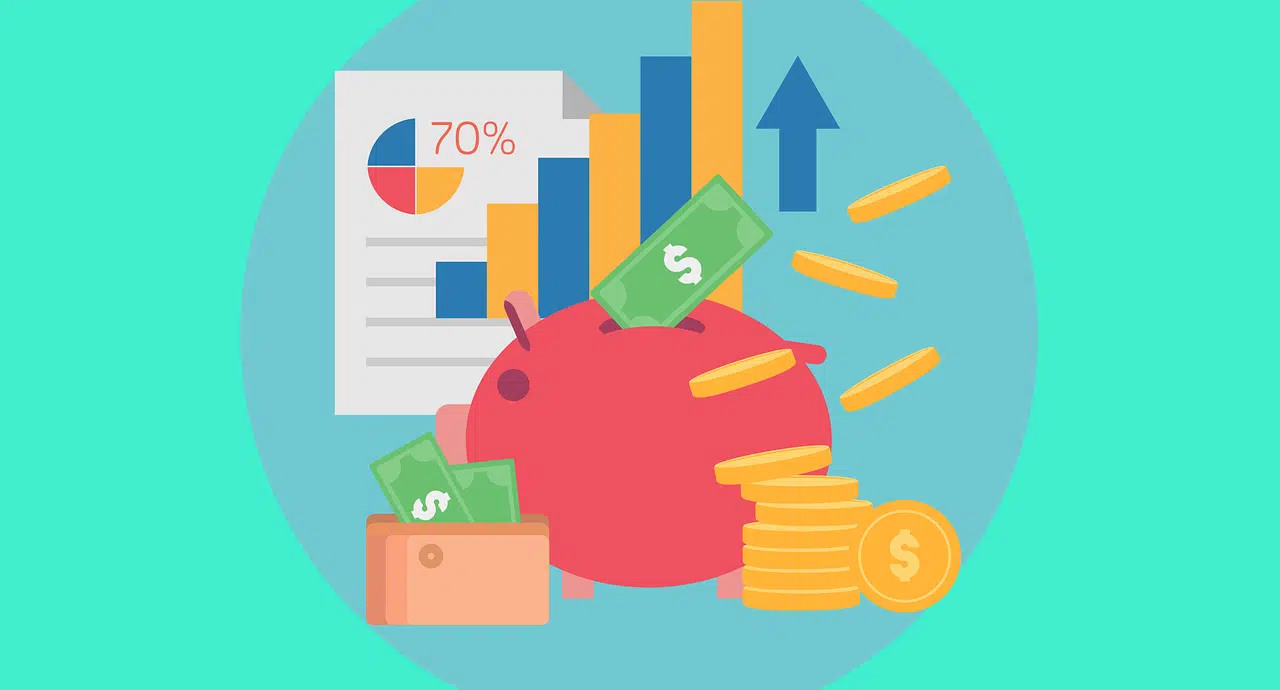
The planned economy implies the control of the forces of production by the State.
The planned economy is an economic system where the most important decisions linked to the production and marketing of products and services are made by the State . In this way, the government directs the economic course directly, minimizing or nullifying the role of the market.
Before moving forward, it is important to indicate that economy is a concept with several meanings. It can refer to the assets that make up the wealth of a group or a person; to the proper administration of said assets; or to the discipline that analyzes which methods are most effective in achieving the satisfaction of material needs through resources that are scarce.
The planned, meanwhile, is linked to planning : the design and application of a plan (a project or model that aims to achieve a certain objective).
Origin of the planned economy
The origin of the planned economy is found in the work of Karl Marx and Friedrich Engels , pioneers in the criticism of capitalism . According to the economic theory of these thinkers, in a capitalist system the owners of capital exploit the workers, appropriating the value that they generate.
The way to end this injustice, according to the postulates of Marx and Engels , is with the development of a proletarian revolution to end capitalism and establish a new system with public means of production (that is, not in the hands of the sector). private ).
These ideas were applied by Vladimir Lenin and Joseph Stalin in the Union of Soviet Socialist Republics ( USSR ), establishing a planned economy. The Russian Revolution of 1917 led to the fall of tsarism and gave way to a new regime where the means of production were state property.
Socialism and communism later came to countries such as China with Mao Zedong and Cuba with Fidel Castro . Beyond the differences in each case, these experiences are characterized by the promotion of infrastructure and state companies and by centralized planning where economic decisions are made by national authorities.

In a planned economy there is no free trade.
Main features
The planned economy assumes that rulers decide what goods and services are produced and how they are marketed . In this way they intervene in pricing and distribution methodology, for example.
Generally, periodic plans are created that regulate the functioning of the economy and define the allocation of resources, with which economic cycles do not obey the laws of the market .
In theory, the state -planned economy aims to achieve sustainable development without economic inequality and with a fair distribution of wealth. However, history has shown that the planned economy often becomes an economy of scarcity , with shortages, increased poverty and negative economic indicators. At the same time, it is common for black markets to emerge that evade the controls and restrictions decreed by the authorities.

The public sector is predominant in a planned economy.
The planned economy and five-year plans
It is common for the planned economy to be organized through five-year plans . Each five-year plan establishes the economic policy to be followed for a period of five years (that is, a five-year period): once this period has passed, an evaluation is carried out and new goals are set.
The five-year plans were devised by the USSR . The first lasted between 1928 and 1932 , while the last plan (the thirteenth) began to be implemented in 1991 and only lasted one year as the USSR was dissolved.
In this case, the Congress of the Communist Party was responsible for approving the plan. If we focus on the first five-year plan, it promoted the collectivization of land and industrialization .
The People's Republic of China , for its part, is a country that has been governed by five-year plans since 1953 . Although they are now known as five-year guidelines , the logic is the same: objectives are defined and resources are allocated to try to achieve them in five years.
The first Chinese five-year plan was in effect from 1953 to 1957 . In this framework, investments were made to promote industrialization and the socialist transformation of artisanal and agricultural activities was sought.
It is important to indicate that the planned economy does not correspond only to communist or socialist States. In Argentina , Juan Domingo Perón resorted to a five-year plan ( 1947 – 1951 ) in his first presidency, without abandoning the market economy.
With this five-year plan, Perón intended to regulate imports and exports in a more efficient way; develop agriculture and industry; and guarantee the supply of machines, fuels and raw materials.
The payment of the entire external public debt, the nationalization of the telephone and gas service and the development of electrical plants were some of the measures contemplated in Perón 's five-year plan, which included a significant investment in propaganda to publicize the advantages that, according to the government , these policies contributed to the progress of the nation.
